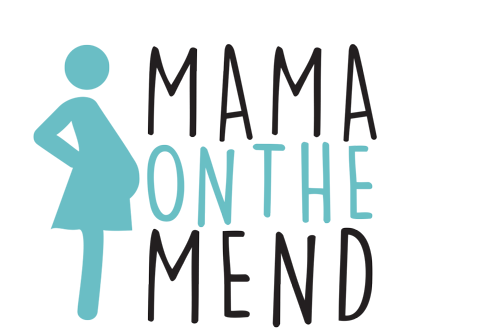When Childbirth Scars Are More Than Skin Deep
/Sometimes childbirth scars us, physically and emotionally.
These two kinds of scars seem inseparable from one another.
For me, I didn’t know which one came first, but I knew that as long as my physical issues remained I suffered emotionally.
Like so much about the postpartum phase, we don’t often talk about self-care for our childbirth scars that are so intimately tied to our emotional well-being.
Whether it’s C-section scars, perineal scars, stretchmark scars, or emotional scars, moms are often left to figure out how to care for their injuries from childbirth on their own.
Sometimes we accept our scars as proud battle wounds from our pregnancy and childbirth, perhaps as a way to compensate for their impact on our bodies.
Sometimes we disassociate from or feel negatively toward those scarred areas.
Sometime this leads to feelings of shame and resentment toward our bodies.
For some women who’ve had C-section, the surgery evokes feelings of disappointment about not having a vaginal delivery and having a traumatic birth. Kinsee Morlan featured on this Longest Shortest Time episode talks about her complex relationship with her C-section scar. (This is a great episode to listen to regardless of how you delivered. A man gets a C-section!)
This is heavy burden for a woman to bear, both physically and emotionally.
Dr. Hannah Schoonover, a pelvic physical therapist who works with postpartum women makes it a priority to help women integrate scars back into their lives. “A lot of women are freaked out about their scars or they didn’t want the C-section, and they ignore this whole part of their body [pointing to abdomen]. [Scarring] penetrates down to the bladder, uterus, major abdominal groups. You can’t just ignore it…if you’re ignoring a whole part of your body it’s not going to function the way you need it to,” says Schoonover.
Perineal injuries can be emotionally charged as well. I remember feeling broken and worried about whether I would ever look and feel “normal” again. Unlike a C-section, my injury wasn't in a visibly accessible location. It also felt like fewer people knew about or acknowledged perineal trauma. That made it hard to get help.
Doctors and birth teams hopefully provide initial care for childbirth wounds.
I was discharged from the hospital with a bag full of tucks pads, a peri bottle, and a sitz bath. Despite my midwife and OBGYN thinking that my third degree tear healed well, the scars were pulling my perineum in uncomfortable directions, which I could feel from sitting and walking.
It seems as though when wounds turn into scars with persistent issues (months and years later), we don’t get a lot of guidance.
With Cathy R’s first cesarean, she didn’t do any self-care because her doctor told her, “there’s nothing to be done.” She was afraid to wash the scar and area around it. “Pulling off the adhesive tape took me a week and it was incredibly painful. My doc told me to just ‘rip it off like a Band-Aid,’” says Cathy.
The second time around, Cathy’s postpartum recovery was more difficult. But she learned about caring for her scar from a physical therapist. She needed to desensitize the scar by massaging, pulling, pinching, and rolling it. She also realized that she couldn’t control (let alone feel) her lower abdominal muscles, but learned about retraining that area.
Every woman's feelings toward her body after childbirth varies. Some women may never view their birth as traumatic, while others may struggle to reconcile their experience for years to come. All I know is that for me, as I physically took care of my lingering childbirth injuries, I started to feel emotionally better too.
If our external scars are emotionally tied to our internal ones, then perhaps working on those physical scars can help us recover in more ways than one.
Do you have scars from childbirth? How did you take care of them?
*Updated from October 17, 2016











